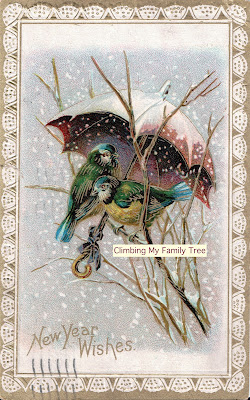1950 ads for the Census
The U.S. government worked with Madison Avenue on a massive advertising campaign to get businesses to support and promote the 1950 US Census.
The Ad Council made available a number of preformatted print ads for local businesses to run in local publications in advance of Census Day.
The ad shown here addresses concerns about confidentiality. "It's OK, boys: You can tell him everything...He's the Census Man!" [Note: Many enumerators were female, of course, but remember, these ads were very much of the time.]
The ad tells readers the Census has no connection with those dreaded "revenooors." It's fun to look back at those ads, which show the Census Bureau was well aware that people worried about answering personal questions asked by enumerators.
1950 enumerator training
In the middle of the last century, schools and businesses often used film strips for training purposes. A trainer or teacher would watch the images projected on the screen and try to synchronize the separate recorded narration on a record or cassette.
Training for the 1950 US Census involved a number of film strips. Read more here, in the fascinating History Hub post by Claire Kluskens.
See some of these "of the time" film strips on Dr. Joel Weintraub's YouTube Channel here.
To read the script for the training film strip titled "Income--What It Is and How to Report It!" click here.
Despite the coffee stain on page 8, and tape fixing page 9, the typed script is quite readable. It offers insight into how the Census Bureau instructed enumerators about collecting income info from the public, again very "of the time."
Getting in the mood for the 1950 US Census? We have only 78 days to wait for the release!
For links to more information about the 1950 US Census release, see my summary page here.










































